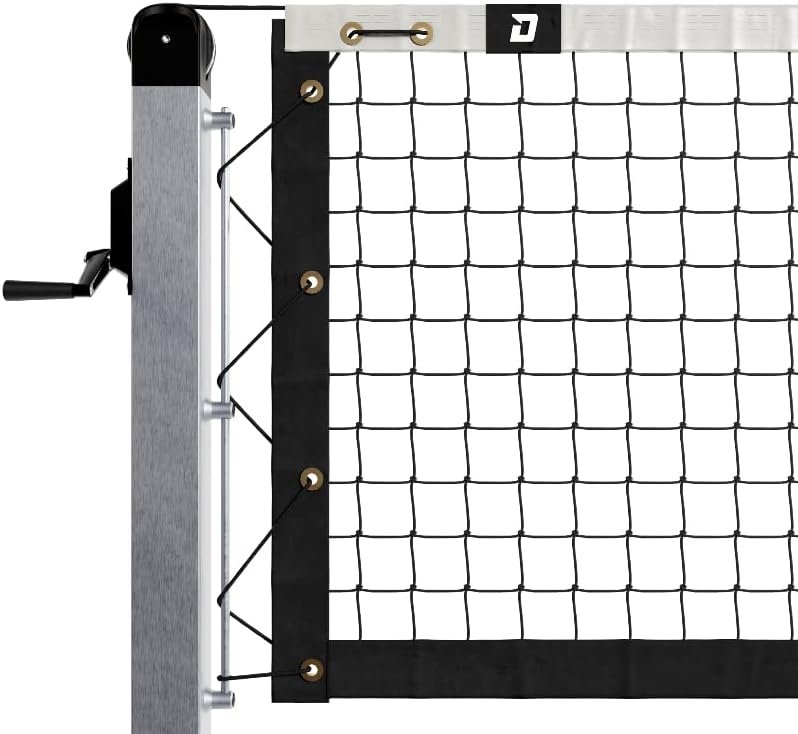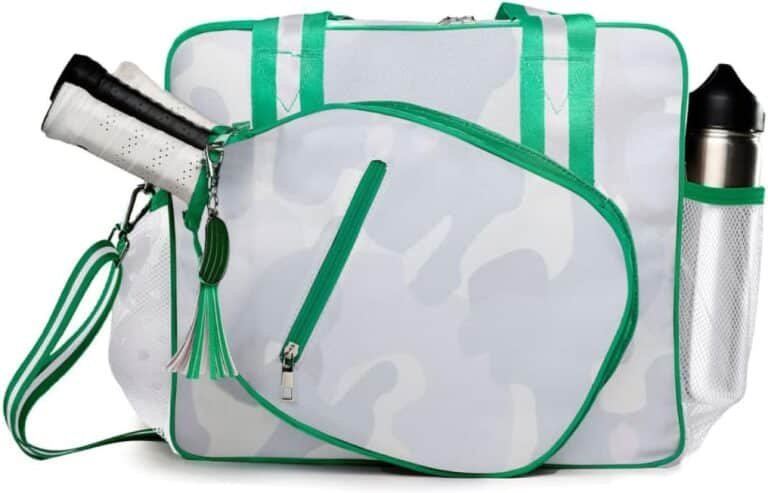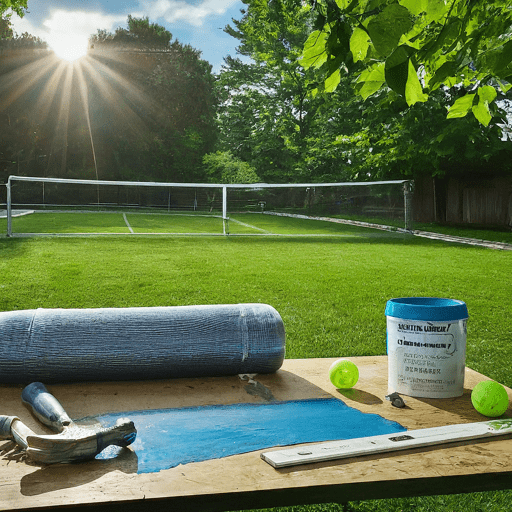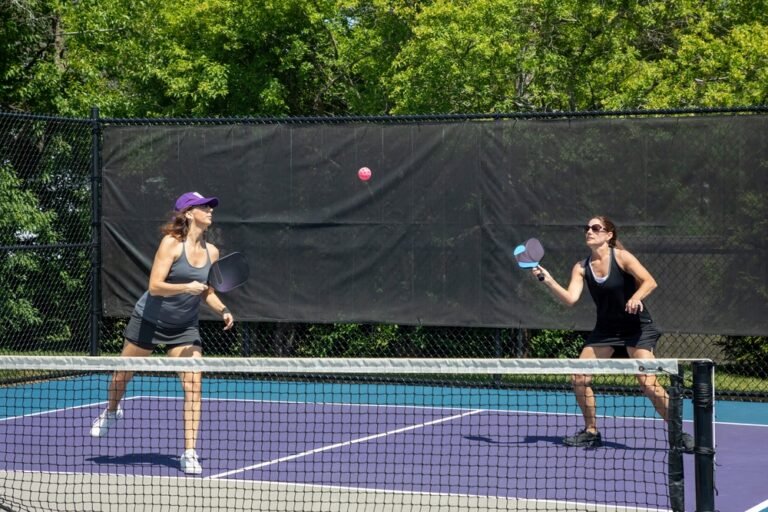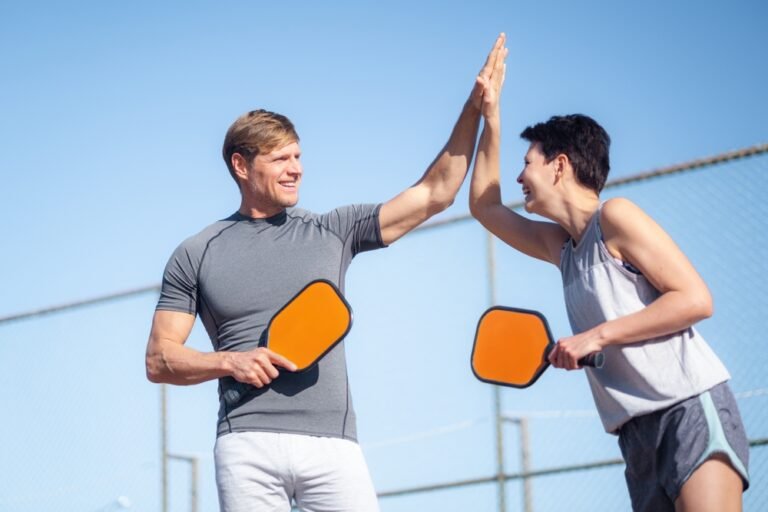Ultimate Guide to Building a DIY Pickleball Court
Building your pickleball court is like unlocking a new level of backyard fun and fitness. It’s not just about turning a piece of your own backyard into a sports venue; it’s about creating a hub for excitement, activity, and community right at home. So, let’s talk about your DIY Pickleball court on your yard.
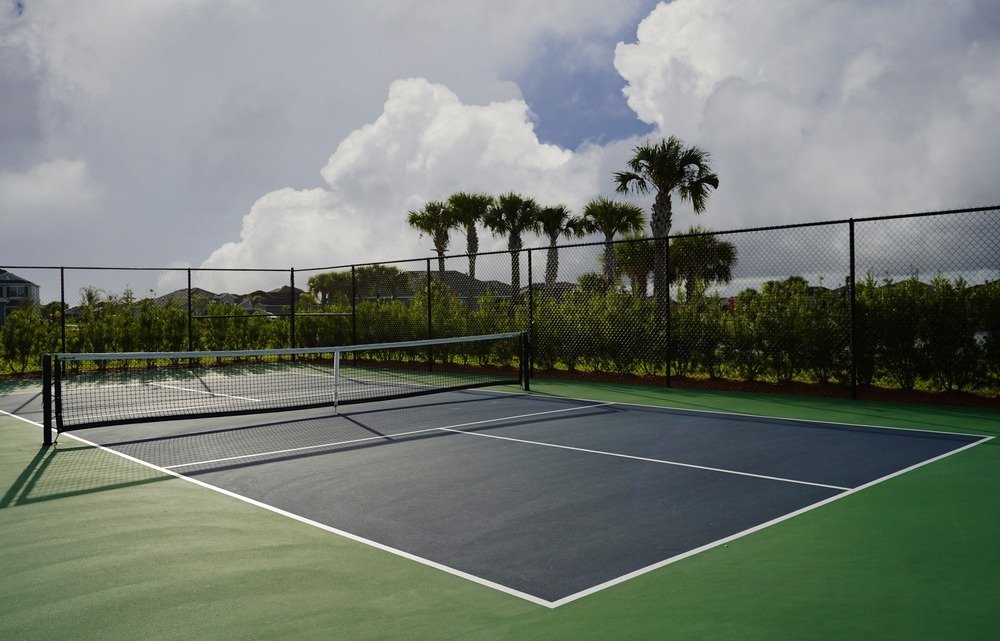
Some groundwork must be done before you dream of epic matches and family tournaments. From excavation to laying down the perfect surface, every step is crucial in shaping a court that’s a joy to play on and stands the test of time.
Let’s dive into the nitty-gritty of transforming your backyard into your very own pickleball court, ensuring every volley, serve, and smash is as thrilling as intended.
Ground Preparation – Grab Your Tape Measure
Embarking on the outdoor pickleball court journey begins with breaking ground—quite literally. Proper excavation sets the stage for everything that follows. It’s about finding a flat area and creating a blank canvas on which your pickleball dreams will unfold. Just a note, our court doubles as a badminton court
Start by meticulously mapping out the court dimensions. A doubles court needs a 20 feet by 44 feet area, while a singles court is a bit cozier at 20 feet by 22 feet. With stakes and string, outline your future court, ensuring every corner aligns with pickleball standards. Once you have the court dimensions defined, make sure you have enough space to play pickleball but not too large outer boundaries so you are not always chasing stray balls.
Next, remove the top layer of soil, aiming for a 4-6 inch depth to lay a stable and flat foundation. Achieving level ground is crucial here; uneven surfaces are game spoilers and can lead to water pooling.
Once the soil is removed, compact it with determination. This isn’t just about flattening; it’s about creating a solid base that won’t shift or settle over time.

Base Installation: The Heart of Stability
With your ground prepared, it’s time to introduce the base materials—gravel and crushed rock. This layer is the unsung hero of your court, handling drainage and providing a firm foundation that prevents the surface above from cracking under pressure or time.
Gravel starts the process, laying the groundwork for excellent drainage and preventing your court from becoming a makeshift pond after rain. Crushed rock comes next, enhancing stability and compaction, ensuring your playing surface remains unwaveringly even.
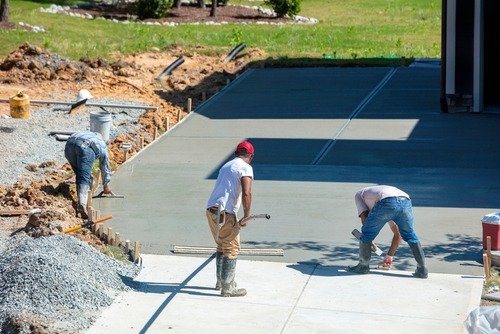
Compacting these layers is akin to setting the bedrock of your court. It’s about ensuring the ground won’t give way during intense matches or over time. This step is less about brute force and more about precision and care, guaranteeing a base that’s as ready for game day as you are.
Framing Your Own Court: Precision and Permanence
With the base set, it’s time to frame out the court. This isn’t just about establishing boundaries; it’s about creating a defined, secure area that contains the game and adds a professional touch.
Accuracy is key in marking the court dimensions, ensuring every serve and volley occurs within precisely measured lines. Materials like PVC piping or treated lumber outline the space and contribute to the court’s overall durability and resistance to the elements.
Securing the frame in place is critical, anchoring your court to the ground and ensuring it withstands the test of play and time. This is the stage where your court starts to take on a life of its own, transforming from a concept into a tangible, playable space.
Selecting and Laying the Court Surface
Choosing the right surface is about marrying performance with aesthetics. Acrylic paint surfaces are popular for their smooth finish, which enhances ball bounce and player movement while seamlessly blending into your backyard’s look.
The preparation for this layer cannot be overstated; a clean, concrete surface ensures the paint adheres properly to your sports court and lasts.
Applying the paint becomes an exercise in patience and precision, laying down a visually appealing surface that performs under the game’s pressures.
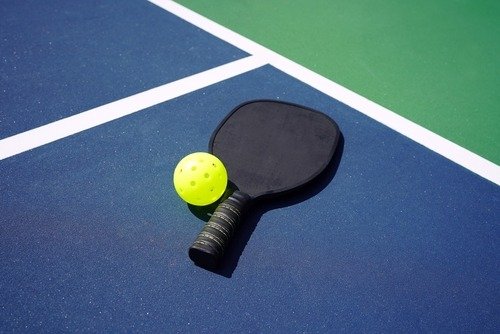
Remember, the surface is where most of the action happens. It’s the interface between player and game, making its selection and application phases where attention to detail pays off in gameplay dividends.
Net Post and Net Installation: Bringing the Game to Life
The pickleball net system divides the court, setting the stage for play. Its installation balances aesthetics and function, ensuring it stands at regulation height while being robust enough to withstand the rigors of the game.
This stage is about precision—ensuring the posts are perfectly aligned and the net taut, providing a consistent playing experience that’s true to the game’s standards.
As the net system goes up, so does the anticipation. It’s a tangible sign that your court is nearly ready to invite friends.
Adding Lines to Your DIY Pickleball Court
Outdoors
- Sidewalk Chalk: Ideal for temporary markings, sidewalk chalk is an excellent choice for outdoor courts. It’s durable, lasting several weeks unless washed away by heavy rain.
- Contractor’s Chalk Dust: The blue chalk dust found at home improvement stores is perfect for lining. Applied with a striping tool, it provides clear, semi-permanent lines. Avoid red chalk, as its higher dye content may make removing it difficult.
- Frog Green Tape: This green tape adheres well to clean, smooth surfaces. It’s a great option for more temporary lines, provided the surface isn’t too textured.
- Orange Masking Tape: Available at some paint stores, this tape offers high visibility against the court surface, making it an excellent choice for clarity.
- Professional Line Paint and Sealer: For those seeking a more permanent solution, SportMaster Sports Surfaces offers textured white line paint, complemented by Strip-Rite tape sealer for a professional-grade court.
- Vinyl ‘EZ’ Court Lines: Ideal for demonstration games, these lines are thin and non-skid, although not the best for long-term use due to potential movement and reduced ball bounce.
Line Striping Machines: With this pickleball court marking kit line drawing tool, you can easily draw basketball court lines, pickleball court lines,
Indoors
- Tape Options: Frog green tape is versatile and sticks well to various indoor surfaces. 3M Scotch Blue painter’s tape is another option, though it may show wear over time. Vinyl floor tape is durable and available in high-contrast colors, but test it on your floor’s finish first.
- Width Variations: The tape can be 2 inches or 1 inch wide. A 2-inch width is preferable for essential lines like the baseline and Non-Volley Zone line.
- Electric Black Tape: An economical choice for places requiring frequent tape changes. At only 1/2 inch thick, it leaves no residue.
- Vinyl Court Lines: Brands like Wilson or Gamma offer thin, non-skid vinyl lines suitable for demonstration purposes, though they may shift with intensive use.
- Staining Wooden Floors: For a more permanent solution on stained or varnished wooden floors, consider staining the floor with contrasting colors to mark the lines. This method requires professional application but integrates seamlessly with the court’s appearance. Note: You’ve probably see a similar tennis court with this finish.
- Alternative Flooring Solutions: If installing or redoing a tile floor, consider incorporating a 2-inch border tile to restrict the court lines for a durable and professional-looking finish.
When deciding on the method for marking your pickleball court lines, consider the durability, visibility, and ease of application each option offers to find the best fit for your needs.
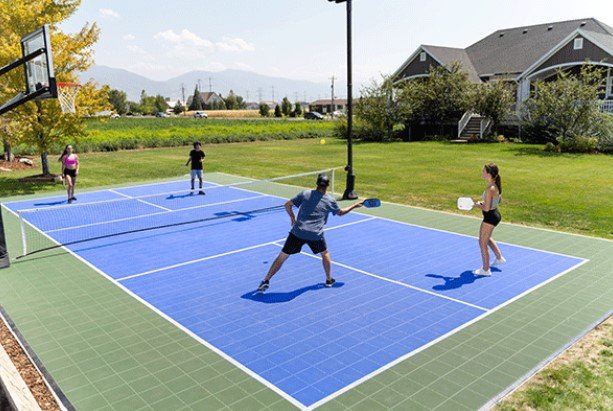
Conclusion: More Than Just a Court
Creating your pickleball court is an adventure in construction, design, and passion. It’s a process that demands attention to detail from the ground up, ensuring every element from excavation to net installation is executed with care.
This court is not just a place for games; it’s a future venue for memories, laughter, and the joy of competition. It’s a testament to your dedication.

